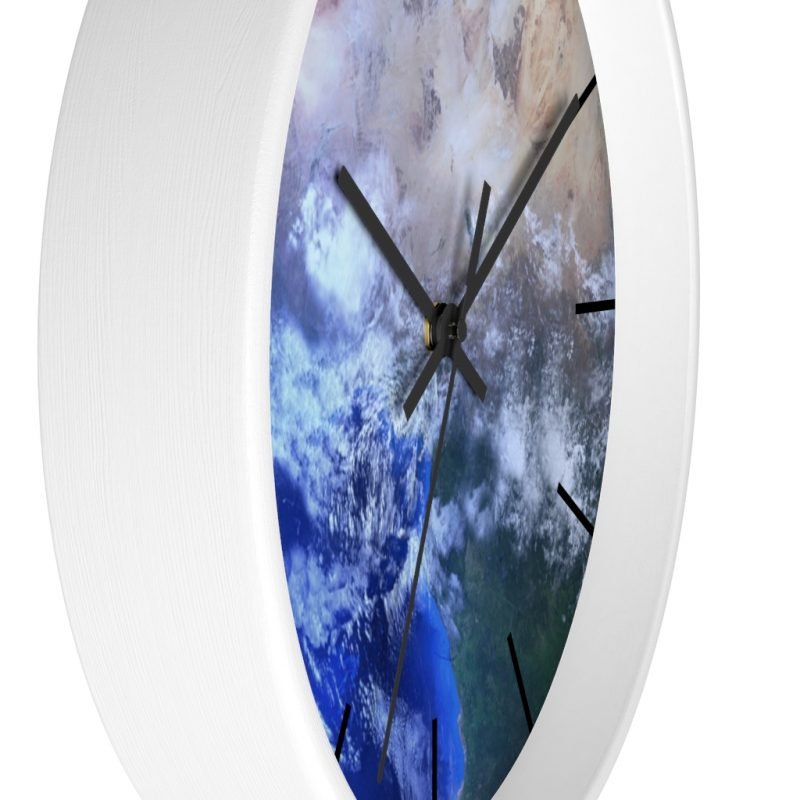

The purpose of adding leap seconds is to keep atomic time (UTC) within ☐.9 s of an older time scale called UT1, which is based on the rotational rate of the Earth. When necessary, leap seconds are added to UTC on either June 30 or December 31. This difference increases when leap seconds occur. However, it differs from TAI by an integral number of seconds. These time scales realize the International System (SI) second as closely as possible. As a result of this averaging, the BIPM generates two time scales, International Atomic Time (TAI), and Coordinated Universal Time (UTC). The BIPM averages data collected from more than 450 atomic time and frequency standards located at about 70 laboratories, including the National Institute of Standards and Technology (NIST). UTC is calculated by the Bureau International des Poids et Measures (BIPM) in Sevres, France. The hours, minutes, and seconds expressed by UTC represent the time-of-day at the Earth's prime meridian (0° longitude) located near Greenwich, England.

The international atomic time scale that serves as the basis for timekeeping for most of the world. The best common-view satellite time transfer techniques now enable clocks to be compared over transcontinental distances with uncertainties of just a few nanoseconds. Today, nearly all common-view measurements use a satellite as the reference transmitter, as shown in the illustration. Therefore, common-view data can synchronize clocks in near real time, a method now commonly employed by NIST and other laboratories.Ĭommon-view measurements were made for many years using land based transmitters as the reference. However, the Internet makes it possible to transfer and process the data very quickly. Unlike the one-way methods, the common-view method cannot synchronize clocks in real time, because data from both receiving sites must be transferred and processed before the final measurement results are known. The result of the measurement is (Clock A - Clock B) - (tau ra - tau rb). Errors from the two paths tau ra and tau rb ) that are common to the reference cancel out, and the uncertainty caused by path delay is nearly eliminated. The two receivers then exchange and difference the data as shown in the graphic.Ĭommon-view directly compares two clocks or oscillators to each other. Receiver B receives the signal over the path tau rb and records (R - Clock B). Receiver A receives the signal over the path tau ra and compares the reference to its local clock (R - Clock A). Both receivers compare the simultaneously received signal to their local clock and record the data. The transmitter is in common view of both receivers. The common-view method involves a reference transmitter (R) and two receivers (A and B). A clock consists of at least three parts: an oscillator, a device that counts the oscillations and converts them to units of time interval (such as seconds, minutes, hours, and days), and a means of displaying or recording the results.Ī measurement technique used to compare two clocks or oscillators at remote locations.

It seems likely that CSACs will eventually be embedded in many types of commercial products as their price decreases and their performance improves.Ī device that generates periodic, accurately spaced signals for timekeeping applications. They can be based on either cesium or rubidium resonance. Their stability is typically a few parts in 10 11 at tau = 1 day. These devices are now sold commercially and are notable for their small size and very low power consumption. Miniature atomic clocks, known as chip scale atomic clocks (CSACs), were first reported on at NIST in 2001. A characterization is often used to determine the types of noise that limit the uncertainty of the measurement, and the sensitivity of the device to environmental changes.
ZGALLERY WORLD CLOCK SERIES
The device under test is usually measured for a long period of time (days or weeks), and sometimes a series of measurements is made under different environmental conditions. A characterization involves more work than a typical calibration.

Time and Frequency from A to Z, St to Sy.Time and Frequency from A to Z, S to So.Time and Frequency from A to Z, Re to Ru.Time and Frequency from A to Z, Q to Ra.Time and Frequency from A to Z, Ch to Cy.Time and Frequency from A to Z, C to Ce.Time and Frequency from A to Z, Am to B.Time and Frequency from A to Z Expand or Collapse.


 0 kommentar(er)
0 kommentar(er)
